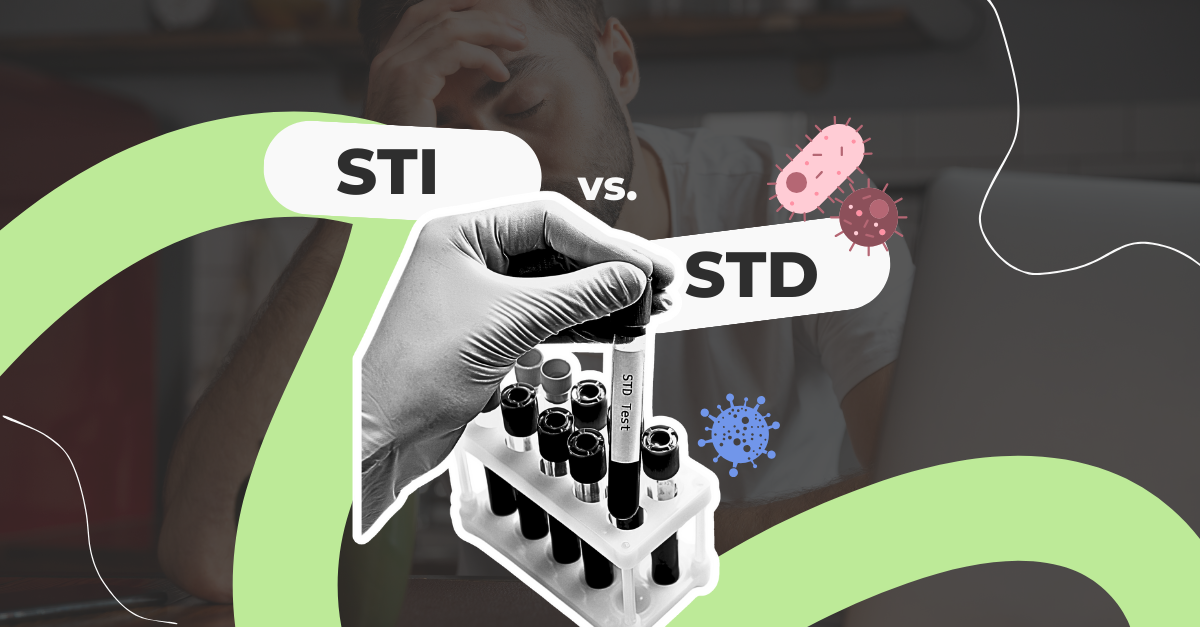Overview
Folliculitis is a common skin condition characterized by inflammation and infection of the hair follicles. It can be caused by a variety of factors, including bacteria, fungi, viruses, or even physical irritation. It's often caused by an infection with bacteria. At first, it may look like small pimples around the tiny pockets from where each hair grows (hair follicles). Although generally not severe, folliculitis can be painful and cause discomfort. The condition can be itchy, sore and embarrassing. The infection can spread and turn into crusty sores.
Symptoms
- Clusters of small bumps or pimples around hair follicles.
- Pus-filled blisters that break open and crust over.
- Itchy, burning skin.
- Painful, tender skin.
- An inflamed bump.
Causes
- Physical irritation (e.g., shaving, tight clothing, or friction).
- Blocked hair follicles (e.g., from excessive sweating or oiliness).
- Bacterial infection (most commonly staphylococcus aureus).
- Fungal infections (e.g., candida or tinea).
- Viral infections (e.g., herpes simplex).
When to See a Doctor
If your condition is widespread or the symptoms don't go away after a week, seek medical help.
In addition, seek medical advice if:
- Have severe or persistent symptoms.
- Experience recurrent episodes of folliculitis.
Seek immediate medical care if you experience signs of spreading infection. These include a sudden increase in redness or pain, fever, chills, and a feeling of being unwell (malaise).
Diagnosis
Your healthcare provider will likely be able to tell whether you have folliculitis by looking at your skin and asking about your medical history. In some cases, they may take a sample of the pus for laboratory testing.
Treatment
Treatments for folliculitis depend on the type and severity of your condition, what self-care measures you've already tried, and how you'd like to proceed. they may include:
- Topical antibiotics or antifungal creams.
- Oral medications, such as antibiotics, antifungal or antiviral drugs.
- Warm compresses to alleviate pain and promote healing.
- Over-the-counter pain relievers or anti-itch creams.
- Good hygiene practices to prevent infection.
Other interventions:
- Minor surgery. If you have a large boil or carbuncle, your healthcare provider may make a small cut in it to drain the pus.
- Laser hair removal. Your healthcare provider may suggest laser hair removal as an option for pseudofolliculitis barbae, especially when other treatments haven't improved your symptoms.
Coping and Support
Mild cases of bacterial folliculitis often improve with home care. The following self-care tips may help relieve discomfort.
To speed up healing and prevent an infection from spreading:
- Apply a warm, moist washcloth. Do this several times a day to relieve discomfort and help the area drain, if needed. Moisten the washcloth with a vinegar solution made of 1 tablespoon (17 grams) of table white vinegar in 1 pint (473 milliliters) of water.
- Apply a nonprescription antibiotic. Try one of the many infection-fighting lotions, gels and washes that are available in stores without a prescription.
- Apply a soothing lotion or cream. Try relieving itchy skin with a soothing lotion or a nonprescription-strength hydrocortisone cream.
- Clean the affected skin. Gently wash the infected skin at least twice a day with a gentle antibacterial cleanser, such as benzoyl peroxide. Use a clean washcloth and towel each time and don't share your towels or washcloths. Use hot, soapy water to wash these items.
- Protect the skin. If you shave, stop if you can. Barber's itch usually clears up a few weeks after you stop shaving.
Preparing for Your Appointment
You're likely to start by seeing your primary care provider. You may then be referred to a doctor who specializes in the diagnosis and treatment of skin conditions (dermatologist).
- Before your appointment, make a list of medical information:
- All your symptoms and their duration.
- Any recent activities that may have triggered the condition.
- Any previous episodes of folliculitis.
- All medications, supplements, or treatments you are currently using.
- List key personal information, including any major stresses or recent life changes.
- List questions to ask.
What to Expect from Your Doctor
Your doctor may ask you questions about your symptoms, personal habits, and medical history. They will likely examine the affected area and may take a sample for testing. Be prepared to discuss any concerns or questions you may have.
What you can do in the meantime
Self-care measures may help relieve your symptoms.
- Apply a warm, damp cloth to the affected area for relief.
- Avoid scratching, as it may worsen the condition or lead to scarring.
- Keep the area clean and dry.
- Refrain from shaving, waxing, or using other hair removal methods in the affected area.
Take Control Today! Try HeHealth's AI-Powered Services 🚀🩺💻

Ready to prioritize your penis health? Harness the power of HeHealth's AI-powered services. Click the link below to access our user-friendly platform. By uploading an image, you'll receive a confidential and efficient AI-powered, doctor-validated result in less than 24 hours. Take control of your sexual well-being and unlock your true potential today. 💪🔬💻
Click here to try out HeHealth's AI-powered scan today... 💻👨⚕️🩺






